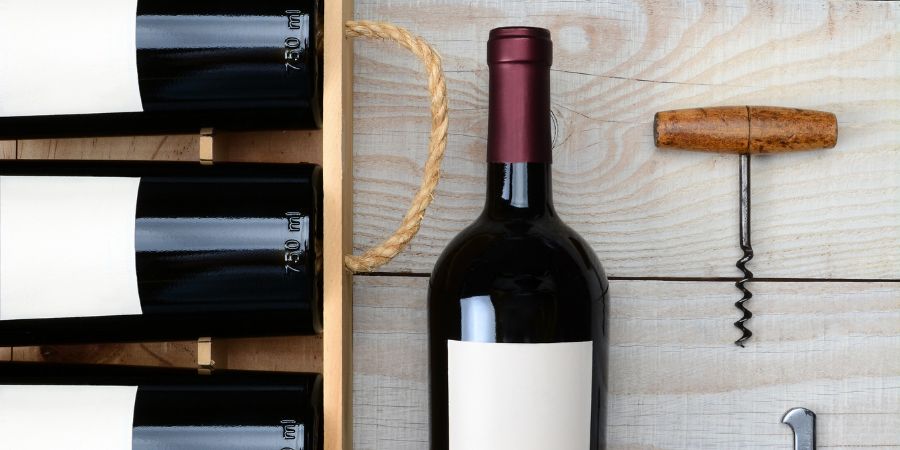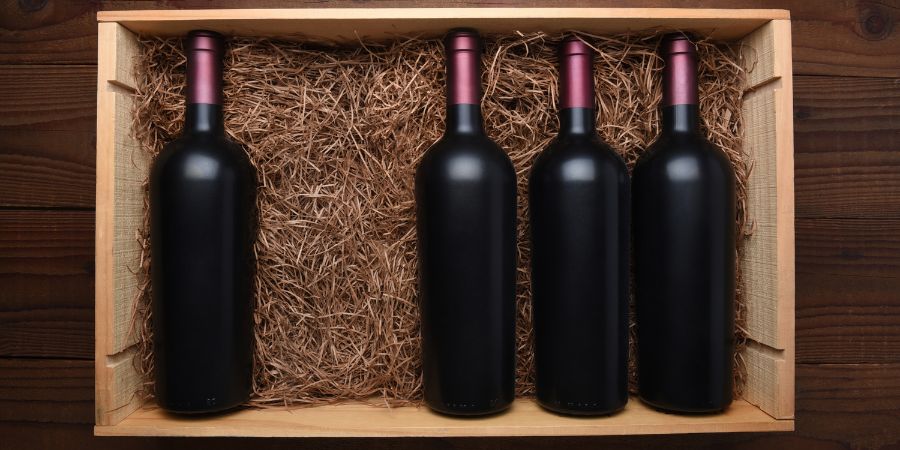The cost of making wine can vary greatly depending on several factors, such as the type of grape used, the region where it’s produced, the size of the winery, and the production process.
For example, the cost of producing a bottle of wine can range from a few dollars for a low-end bulk wine to hundreds of dollars for a premium bottle of wine. The cost of grapes, labor, and equipment all contribute to the overall cost of making wine. Additionally, marketing and distribution costs and the winery’s profit margins can also affect the final price of a bottle of wine.
Generally, the cost of making wine is higher for small, premium wineries that produce high-end wines. The price is lower for large wineries that produce lower-end wines.
As a business owner who owns a winery or wine business, it is essential to know your wine’s actual cost. It is the most critical part of your business and the reason you decided to enter the industry.
Knowing the cost of making wine is vital for several reasons:
- Profit margins: Wineries need to clearly understand the cost of production to determine their profit margins. This information is crucial for setting prices and making business decisions.
- Budgeting: Knowing the cost of making wine allows wineries to budget accurately for future production and make informed decisions about expanding their operations.
- Cost control: Understanding the cost of production can help wineries identify areas where they can reduce costs, increase efficiency, and improve their bottom line.
- Competitive pricing: Wineries must be aware of the cost of production to set competitive prices in a crowded market.
- Sustainability: Knowing the cost of production can help wineries ensure that they are operating sustainably. They can identify areas where they may be overspending and make changes to reduce waste and lower costs.
Overall, a clear understanding of the cost of making wine is essential for ensuring a winery’s long-term success and profitability. If we all agree that getting the actual cost is critical, then we should all agree on what needs to be included in the cost of this wine.
The costs that are included in the cost of making wine are:
- Grapes or juice: The cost of purchasing or growing grapes is a significant component of the cost of making wine. In most cases, it will make up the most significant cost of each bottled wine. Being as specific as possible is important. All your wine should only have the same juice cost if you have one SKU. The information you need to allocate these costs is already being tracked for compliance. Use this information to allocate costs correctly.
- Dry goods: The cost of bottles, corks, labels and other packaging materials is another component of the cost of making wine. This is a fairly obvious cost as it is a cost you can see. A few complexities can arise, specifically with smaller wineries where minimum order quantities can create a scenario where the per-wine price is higher than the per-unit cost due to wastage. This is an area that can inflate on the balance sheet, so remember to do at least annual counts and flush out any additional costs building up on the balance sheet.
- Overheads: Depreciation on equipment, costs to run the winery, and other overhead allocations are often forgotten costs that tend to sneak up on winery owners. Including these costs based on monthly production will provide you with a true cost of the wine being produced.
- Labor: The cost of labor, including wages and benefits for winemakers, vineyard workers, and other employees, is another significant component of the cost of making wine. We often see the cost of the winemaker missing from the calculation as this is the owner, and they need to pay themselves. This can lead to a false sense of margin or create a situation where the wine has been priced incorrectly, leading to a situation where they never get paid.
It is important to obtain the correct costing and include all the relevant costs. Getting the costing wrong can have severe implications for the business, especially if you use these costings to develop your pricing. Another benefit of costing is understanding your margins and providing insight into areas where you can reduce costs.
Protea Financial Can Help Make Wine Costing Easier
Costing is critical for all businesses that sell inventory, but in a complex environment with long inventory cycles like a winery, it is important to hire an expert. Find someone with the expertise and experience to help you cost your winery accurately. For help, contact Protea Financial today!
Let Protea Financial teach you the basics of wine costing so that you can begin pricing wine properly for yourself. If you want help, our professionals can do that, too!



